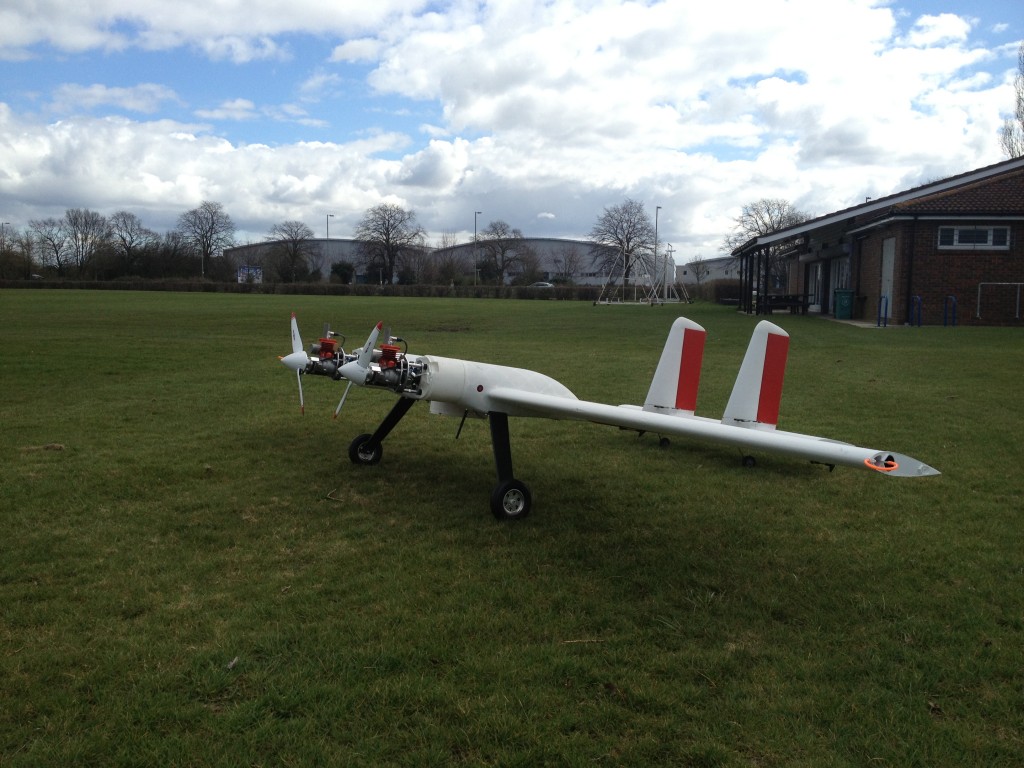2Seas Surveillance Drone Built Using Additive Manufacturing

The 2Seas drone has a fully 3D printed body. Courtesy of the University of Southampton.
Latest News
July 3, 2013
Intelligence has always been the best tool in the box for military expeditions. Men on horse slowly gave way to spotters in balloons, which, in turn, gave way to airplanes used to chart out enemy positions. Today, much of the work that used to be performed by piloted airplanes is instead performed by satellites or unmanned aerial vehicles (UAVs), more commonly known as drones.
Modern surveillance drones are utilized for a number of purposes, going well beyond the traditional military role. The 2Seas drone, designed by the University of Southampton, has been developed specifically to help the United Kingdom, France and the Netherlands patrol the North Sea and the English Channel for smugglers and drug traffickers.
The body of the 2Seas was built using additive manufacturing (AM). As previously reported by Rapid Ready, the merits of 3D printing allow designers to make lighter aircraft to help increase the amount of time a drone can spend in flight. Large pieces of the plane can be created in a single build, from a single piece of material, rather than from multiple parts, as is the case for traditional manufacturing. Fewer parts makes for a lighter aircraft, which reduces fuel expenditures.
The 2Seas UAV has twin propellers fueled by a gasoline engine that can reach speeds of 55 mph, which is fast enough to keep up with a smuggler’s speed boat. The drone can stay aloft for up to six hours at a time before having to return to refuel. The carbon fiber wings on the 2Seas measure approximately 13 ft., and were not produced through AM. The University of Southampton suggests that they were unable to find a 3D printer large enough to print the wings, but that will surely change in short order.
Still undergoing tests of its surveillance equipment, the 2Seas is expected to hit the skies over Europe by 2015. With as many drones as the US has flying about, I’d expect it won’t be long before Americans looks to AM to redesign the drones being used to fight drug smuggling in North America. Below you’ll find a video of the drone’s first test flight.
Subscribe to our FREE magazine, FREE email newsletters or both!
Latest News
About the Author
John NewmanJohn Newman is a Digital Engineering contributor who focuses on 3D printing. Contact him via [email protected] and read his posts on Rapid Ready Technology.
Follow DE






